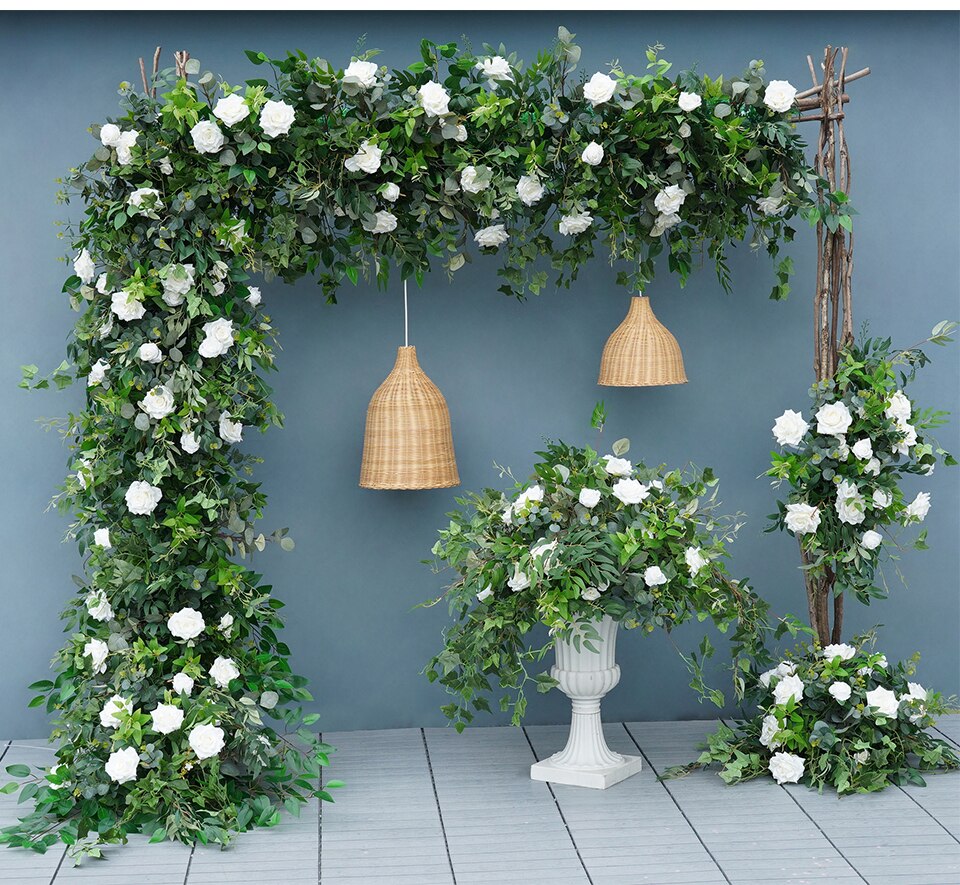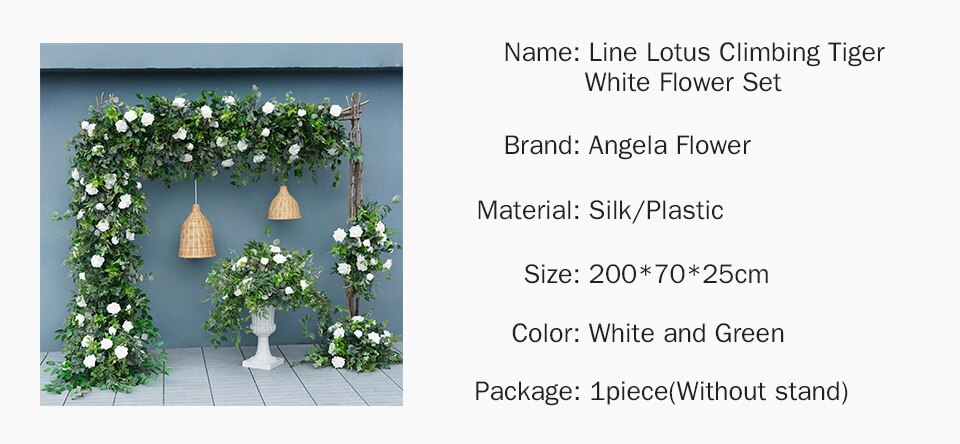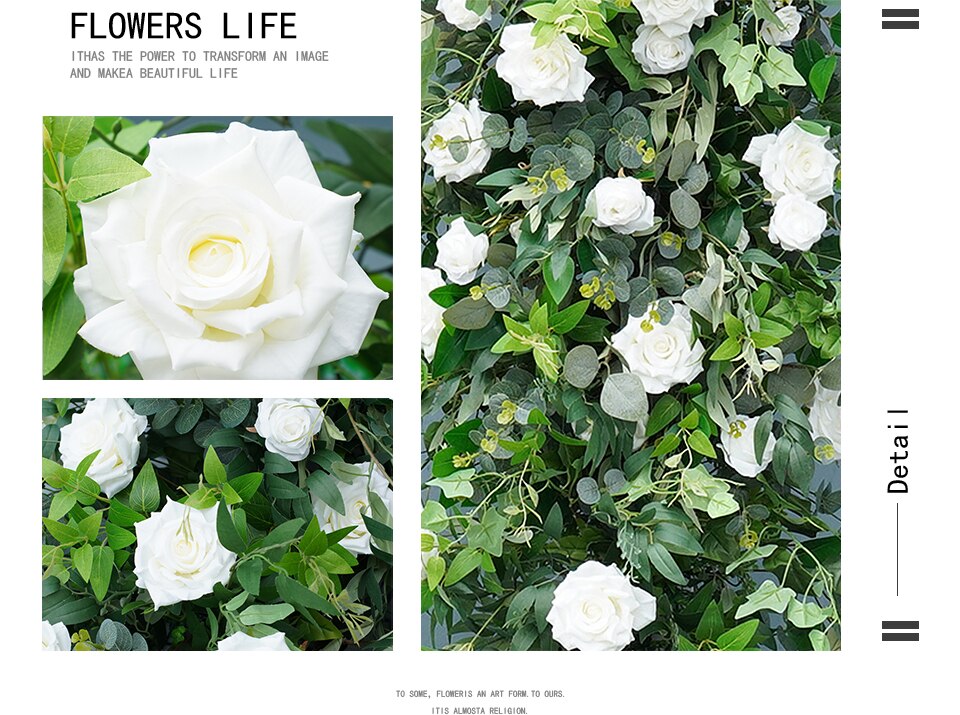how to do an artificial plant arrangement?
To create an artificial plant arrangement, start by selecting a variety of artificial plants that complement each other in terms of color, texture, and size. Choose a container or vase that suits your aesthetic preferences and the overall style you want to achieve. Fill the container with foam or floral foam to provide stability for the plants. Arrange the plants in a visually pleasing manner, considering the height, shape, and spacing. You can use wire cutters to trim the stems if needed. Once you are satisfied with the arrangement, secure the plants in place by inserting the stems into the foam. Finally, add any additional decorative elements, such as moss or rocks, to enhance the overall look of the arrangement.
1、 Selecting the right artificial plants for your arrangement
Selecting the right artificial plants for your arrangement is an essential step in creating a beautiful and realistic display. With advancements in technology, artificial plants have become increasingly lifelike, making it easier than ever to create stunning arrangements that mimic the beauty of real plants. Here are some tips to help you choose the perfect artificial plants for your arrangement:
1. Consider the style and theme: Determine the style and theme of your arrangement. Are you going for a modern, minimalist look or a more traditional, lush arrangement? This will help you narrow down your options and choose plants that fit the overall aesthetic.
2. Assess the quality: Look for high-quality artificial plants that closely resemble their real counterparts. Check for realistic textures, vibrant colors, and attention to detail. The latest artificial plants often feature UV protection, ensuring they won't fade or discolor when exposed to sunlight.
3. Mix and match: Create visual interest by combining different types of artificial plants. Consider using a variety of sizes, shapes, and textures to add depth and dimension to your arrangement. Mixing different shades of green and incorporating plants with different leaf shapes can also enhance the realism.
4. Consider maintenance: One of the advantages of artificial plants is that they require minimal maintenance. However, it's still important to choose plants that are easy to clean and maintain. Look for plants that are dust-resistant and can be easily wiped clean with a damp cloth.
5. Placement and lighting: Consider the placement of your artificial plant arrangement and the lighting conditions in the room. Some artificial plants may be more suitable for low-light areas, while others may require more natural light to look their best. Be mindful of the specific needs of each plant you choose.
By following these tips and considering the latest advancements in artificial plant technology, you can create a stunning and realistic arrangement that adds beauty and greenery to any space.

2、 Choosing a suitable container or vase for your arrangement
When it comes to creating an artificial plant arrangement, choosing a suitable container or vase is an essential step. The container you select will not only serve as a decorative element but also provide stability and support for your arrangement. Here are some tips to help you choose the perfect container for your artificial plant arrangement:
1. Size and Proportion: Consider the size and proportion of your artificial plants. Ensure that the container is large enough to accommodate the plants without overcrowding them. It should also be proportionate to the size of the space where you plan to display the arrangement.
2. Material: Select a container made from a durable material that complements the style and theme of your decor. Popular options include ceramic, glass, metal, or even woven baskets. Each material can add a unique touch to your arrangement.
3. Color and Texture: Take into account the color and texture of the container. Opt for a color that complements the colors of your artificial plants and the overall color scheme of the room. Consider the texture of the container as well, as it can add visual interest and contrast to the arrangement.
4. Style: Choose a container that matches the style of your home or the room where the arrangement will be placed. For a modern look, sleek and minimalist containers work well, while ornate and decorative containers are suitable for a more traditional or vintage style.
5. Functionality: Consider the functionality of the container. Ensure that it has a stable base and is deep enough to hold the plants securely. If you plan to place the arrangement in a high-traffic area, opt for a container that is less likely to be knocked over.
In recent years, there has been a growing trend towards using unconventional containers for artificial plant arrangements. People are repurposing items such as vintage suitcases, mason jars, or even old teapots to create unique and eclectic displays. This approach adds a touch of creativity and sustainability to the arrangement, making it a conversation starter.
Ultimately, the choice of container for your artificial plant arrangement depends on your personal style, the theme of your decor, and the overall aesthetic you wish to achieve. By considering factors such as size, material, color, texture, style, and functionality, you can select a container that enhances the beauty of your artificial plants and complements your space.

3、 Creating a balanced composition with different plant heights and textures
To create an artificial plant arrangement that is visually appealing and balanced, it is important to consider different plant heights and textures. Here is a step-by-step guide on how to achieve this:
1. Choose a variety of artificial plants: Select plants with different heights, shapes, and textures to add visual interest to your arrangement. Consider using plants with varying leaf sizes, colors, and patterns.
2. Start with a focal point: Begin by selecting a larger plant or a statement piece as the focal point of your arrangement. This could be a tall plant or one with unique features that draw attention.
3. Create layers: Arrange the plants in layers, starting with the tallest ones at the back and gradually decreasing in height towards the front. This will create depth and dimension in your arrangement.
4. Mix textures: Combine plants with different textures to add visual contrast. For example, pair plants with smooth leaves with ones that have a more textured or spiky appearance.
5. Use a variety of containers: Experiment with different containers to add further interest to your arrangement. Consider using pots of varying heights, shapes, and materials to complement the plants.
6. Consider the latest trends: Incorporate the latest trends in artificial plant arrangements, such as using plants with a natural, realistic appearance or opting for a minimalist and modern design.
Remember to regularly dust and clean your artificial plants to maintain their appearance. With these tips, you can create a balanced composition with different plant heights and textures, resulting in a visually pleasing artificial plant arrangement.

4、 Securing the artificial plants in the container to prevent shifting
Securing the artificial plants in the container to prevent shifting is an essential step in creating a visually appealing and long-lasting artificial plant arrangement. By properly securing the plants, you can ensure that they remain in place and maintain their desired position over time. Here's a step-by-step guide on how to do an artificial plant arrangement and secure the plants effectively:
1. Choose a suitable container: Select a container that complements the style and size of your artificial plants. Ensure that it is sturdy and has enough space to accommodate the plants without overcrowding.
2. Prepare the container: Clean the container thoroughly and line the bottom with a layer of foam or floral foam. This will provide stability and help anchor the plants.
3. Arrange the plants: Start by placing the largest and tallest artificial plants in the center of the container. Gradually add smaller plants around them, creating a balanced and visually pleasing arrangement. Experiment with different heights and angles to achieve the desired look.
4. Secure the plants: Once you are satisfied with the arrangement, use hot glue or floral wire to secure the base of each plant to the foam or floral foam. Apply the glue or wrap the wire tightly around the stem, ensuring that it is firmly attached to the container.
5. Conceal the base: To give your arrangement a more natural look, cover the base of the plants with decorative moss, rocks, or pebbles. This will also help to hide any visible glue or wire.
6. Regular maintenance: Over time, check the arrangement for any loose or shifting plants. If necessary, reapply glue or adjust the wire to keep the plants securely in place.
It's important to note that the latest point of view regarding artificial plant arrangements is to opt for high-quality, realistic-looking artificial plants. These can provide a more natural and aesthetically pleasing appearance, making it easier to create a visually stunning arrangement. Additionally, consider incorporating different textures, colors, and sizes of artificial plants to add depth and interest to your arrangement.










































Leave your comment